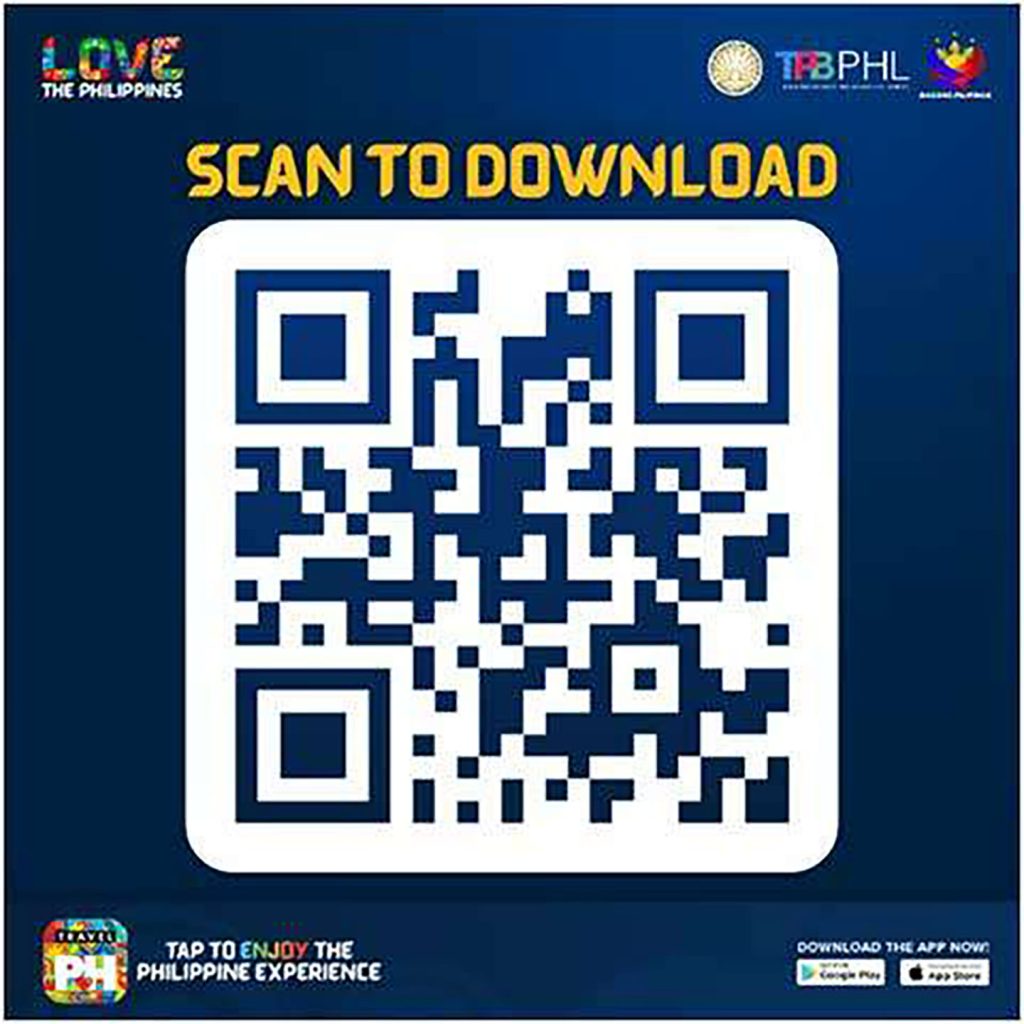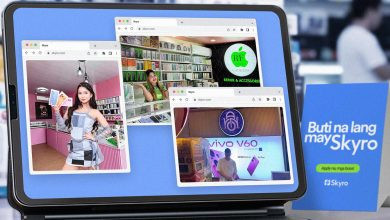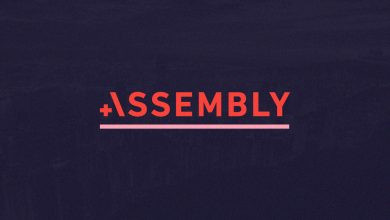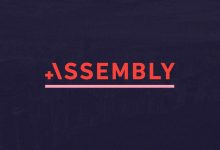MANILA, PHILIPPINES — The Department of Tourism (DOT) and the Tourism Promotions Board (TPB) Philippines have released the upgraded Travel Philippines app. This enhanced digital platform is the beginning of the Philippine tourism industry’s digitalization, hoping to provide a more convenient way for travelers to experience the beauty, culture, and adventures that the country has to offer.
The Travel Philippines app serves as a handy resource for travel information and a passport to discover uncharted destinations. Users can plan their own, unique journeys across the country’s diverse provinces, access exclusive travel deals and promotions, and effortlessly manage digital travel documents. In a world increasingly driven by technology, this app hopes to bridge the gap between wanderlust and convenience.
With a commitment to empower explorers and promote Philippine tourism, the app is designed to be a go-to resource for all things travel. DOT and TPB collaborated closely with the DOT Regional Directors to provide a wealth of information and multimedia assets for their respective regions and provinces. This trove of content includes hundreds of accommodation options, awe-inspiring attractions, immersive experiences, and essential services. To keep adventures fresh, the app will remain a collaborative effort and will receive regular monthly updates. DOT and TPB will also continually engage with technical and content experts to further enrich the journey.
“Travel Philippines opens up enormous opportunities for tourists to discover the multitude of reasons to Love the Philippines as the app provides a comprehensive look at the vast expanse of tourism destinations and experiences our islands have to offer. Pursuant to the Marcos Administration’s thrust towards sustainable and inclusive tourism development, we have mobilized the TPB to work with the Regional Offices of the Department of Tourism to provide updated and all-encompassing information on the Provinces, Cities, and Municipalities of the country, and ensured collaboration with our private tourism stakeholders so tourists can have direct contact with industry experts in curating their travels to and around the Philippines,” said Department of Tourism Secretary Christina Garcia Frasco.

Secretary Frasco furthered, “The Travel Philippines app is a testament to our commitment that no one is left behind in the development of tourism, and that the experience of our tourists is enhanced through innovation and digitalization. This travel app is vital to the Marcos Administration’s objective to spur tourism activities across all spheres of the industry recognizing its massive contribution to our economy and the necessity of ensuring that the benefits of tourism spread to the farthest reaches of our country, and create more opportunities for employment and livelihood for our fellow Filipinos while cementing the Philippines position as a tourism powerhouse and a destination to be loved by all.”
“Needless to say, the launch of the Travel.ph super app heralds a bold era in tourism. This innovation promises to equalize opportunities for the whole tourism value chain, especially our MSMEs, enabling global accessibility, income, and livelihood growth for all, and fostering a brighter future for tourism in the Philippines,” she added.
“The Travel Philippines app is a milestone for Philippine tourism as the whole country has come together to create and promote its enhanced version,” said Margarita Montemayor Nograles, Chief Operating Officer of TPB. “This symbolizes our collective passion to celebrate the unique treasures that define us as Filipinos. We are committed to fostering continued collaboration and extend our heartfelt appreciation to our partner stakeholders and our dedicated Regional Directors across all 17 regions, with whom we share close-knit and invaluable partnerships.”








